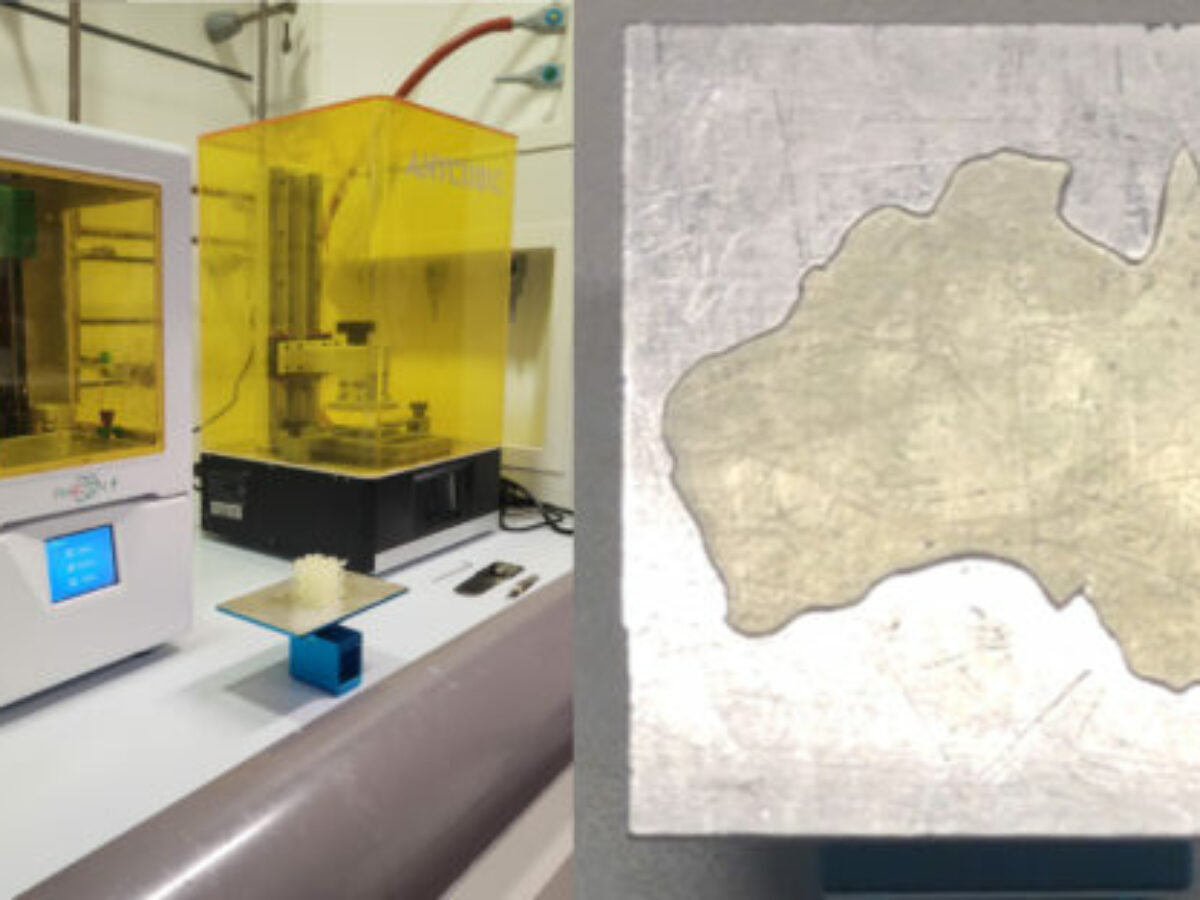Australian team shows how to 3D print solid polymer electrolytes

School of Chemical Engineering researchers at University of NSW Sydney have developed a new process able to additively manufacture electrolytes using inexpensive printers, an achievement they say might be applied to future medical products.
According to a statement from the university, the resulting solid polymer electrolytes (SPE) have high conductivity and robust strength.
One of the authors on the new paper, Dr Nathaniel Corrigan, said the material was very stable and “able to charge and discharge over thousands of cycles. After 3000 cycles there was only roughly a 10 per cent drop.”
(The paper, “3D Printing Nanostructured Solid Polymer Electrolytes with High Modulus and Conductivity” was published in Advanced Materials, and is available here.)
“Nobody has 3D printed solid polymer electrolytes before. Traditionally they have been made using a mould, but previous processes did not offer the ability to control the strength of the material, or to form it into complex shapes,” said co-author Kenny Lee.
“With existing solid-state electrolytes when you increase the mechanical strength of the material, you sacrifice a lot of the conductivity. If you want higher conductivity the material is much less robust. What we have achieved is a simultaneous combination of both, which can be 3D printed into sophisticated geometries.”
To demonstrate the versatility of the material – described as “composed of nano-scale ion-conducting channels embedded in a rigid crosslinked polymer matrix” – the team 3D printed an intricate map of Australia (pictured.) The structure was then tested as an energy storage device.
Image: Credit Dr Nathaniel Corrigan
Topics Manufacturing News Technology
@aumanufacturing Sections
Analysis and Commentary Awards Defence Manufacturing News Podcast Technology Videos










